We read through 5,600 pages of the Consolidated Appropriations Act of 2021 to bring you the most important facts. In order to help you and your business navigate through the uncharted waters of Washington’s response to the pandemic, we provide the economic and tax impacts. The bill includes both expansions of existing legislation as well as new items, such as updates on the Paycheck Protection Program, Employee Retention Credit, Expanded Meals deduction, and more.
Wegmann Dazet’s Richard Tullier and Frank Holzenthal provide this summary of the Consolidated Appropriations Act of 2021 focusing on the economic and tax implications to businesses and individuals. This summary does not discuss unemployment, healthcare, or government funding. Read on for economic and tax impacts of the Act:
TAX TREATMENT OF LOAN FORGIVENESS AND GRANTS
Forgiveness of loans under the Paycheck Protection Program (“PPP”) is not a taxable event, and expenses paid with PPP funds are deductible. This creates tax-exempt income which adjusts basis accordingly.
Any grants received under the Economic Injury Disaster Loan (“EIDL”) program are deemed non-taxable; however, nothing in the law allows other grants from federal and state agencies to be non-taxable.
SMALL BUSINESS ADMINISTRATION LOAN PROVISIONS
Updates to Paycheck Protection Program
For entities that have not yet been granted forgiveness, this law allows the following to be included with covered expenses (in addition to payroll costs, interest on mortgage obligations, rent, and utilities):
- Covered Operation Expenditures – payments to facilitate cloud computing, product delivery, tracking of payroll expenses, human resources, and accounting or tracking of supplies
- Covered Property Damage – damage, vandalism, or looting that occurred during 2020
- Covered Supplier Costs – costs which are essential to operations when the expenditure is made and subject to a contract or purchase order prior to the loan covered period (prior to and during the loan covered period for perishable goods)
- Covered Worker Protection Expenditures – operating or capital expenses to facilitate the adaptation of a business to comply with federal, state, or local authorities (i.e. PPE, screening materials, drive thru, additional parking, outdoor seating, etc.).
Entities may choose a covered period of between 8 – 24 weeks (previously 8 or 24 weeks). A simplified forgiveness process is available for loans not exceeding $150,000 (previously $50,000).
Group life, disability, vision, or dental insurance costs are now included in calculating payroll costs.
Borrowers who did not accept all their initial loan or returned an amount for fear of not being unable to utilize all funds may now receive those funds upon request to cover additional expenses above, if they did not received forgiveness by December 27, 2020.
First Draw Paycheck Protection Program Loans
The PPP has been reopened for applicants who did not take advantage of the program when it was first offered, if they meet the conditions outlined in the CARES Act. This includes 501(c)(6) organizations which were previously disallowed from participating so long as they meet the following 4 tests:
- No more than 15% of receipts are from lobbying activities
- Lobbying activities do not comprise more than 15% of the total activities of the organization
- Cost of lobbying activities did not exceed $1 million during 2019
- No more than 300 employees
Second Draw Paycheck Protection Program Loans
These are available to any eligible business, nonprofit, cooperative, veteran organization, tribal concern, self-employed individual, sole proprietor, or independent contractor that received and has fully utilized an original PPP loan (even if forgiveness has not yet been granted) who meets the following criteria:
- Employs no more than 300 employees (previously 500) following previous affiliation rules and per location rules for restaurants and other NAICS Section 72 entities
- Had gross receipts during any quarter in 2020 that were at least a 25% reduction from the same quarter in 2019, or had an overall decrease in gross receipts for the year 2020 compared to 2019
The max amount is 2.5 times payroll costs for either the monthly average in 2019, 2020 or the monthly average for the 12 months immediately prior to the date the loan is made. For restaurants and other entities in NAICS Section 72, the multiple is 3.5 times payroll costs. Regardless, the maximum cannot exceed $2,000,000 at 1% for 5 years.
GRANTS FOR SHUTTERED VENUE OPERATORS
Grant available for a venue operator, promoter, theatrical producer, live performing arts organization, a relevant museum operator, a motion picture theater operator, or a talent representative if they:
- Were fully operational as of February 29, 2020
- Had gross revenue decrease by more than 25% during the same quarter in 2019
- Have or intend to resume their normal activities
- Have a defined performance/audience space; mixing equipment; sound engineer, booker, promoter, stage manager, security personnel, box office manager; paid ticket or cover charge; and performances are marketed in printed or electronic means
Priority of grants will be made to entities who had revenue during April 1, 2020 to December 31, 2020 which was 10% or less of the revenue from the same 2019 period; second will be to entities with no more than 30% or less of the revenue; then the program will be opened to others.
If entity formed prior to January 1, 2019, grant will be the lesser of 45% of the gross revenue earned in 2019 or $10,000,000. If formed after January 1, 2019, the grant will be the lesser of 6 times the average monthly gross revenue for each full month in operation or $10,000,000.
The grant is for payroll costs, rent, utilities, interest, principal, worker protection (defined above), independent contractors up to $100,000, and other ordinary & necessary business expenses between March 1, 2020 and December 31, 2021. This cannot include real estate, investing, or political payments.
TARGETED EMERGENCY ECONOMIC INJURY DISASTER LOAN GRANTS
Under Section 7(b)(2) of the Small Business Act, amounts are being granted in response to the COVID-19 pandemic during the period from Jan 1, 2020 – Dec 31, 2021 to a covered entity which:
- Applies for a loan under Section 7(b)(2) of the Small Business Act
- Is in a low-income community
- Has suffered an economic loss of greater than 20%
- Employs no more than 300 employees
BUSINESS BENEFITS
Employer Provided Paid Sick and Family Leave (COVID Related)
Employers are not required after December 31, 2020 to provide paid sick or family medical leave for purposes of COVID. If they choose to continue, the credit is based on wages through March 31, 2021.
Employee Retention Credit for Employers Subject to Closure Due to COVID-19
Retroactive to 2020, a participant in the PPP loan program is allowed to participate in the Employee Retention Credit program. However, the same wages cannot be used for both programs.
Beginning January 1, 2021 through June 30, 2021, a 70% credit (previously 50%) of eligible wages not exceeding $10,000 per quarter (previously per year) per employee is granted. This includes any entity with a 2021 quarterly revenue drop to less than 80% of that same quarter in 2019 (previously 50%). Further, the credit covers any employees (regardless if they are working) if there are less than 500. An advance payment of the credit can be claimed on form 7200 based on 2019, reconciled to actual amounts when quarterly tax form 941 is filed.
Miscellaneous Tax Provisions
- A 100% deduction for business meals is allowed for amounts paid during 2021 and 2022.
- Section 179D, an accelerated deduction on energy efficient improvements, is extended permanently.
INDIVIDUAL BENEFITS
Rebates to Citizens
Each adult is to receive $600 and $600 per dependent under 17. The payment amount is phased out based on the following AGI amounts from the 2019 return:
- Beyond $75,000 for single or married filing separate
- Beyond $112,500 for Head of Household filers
- Beyond $150,000 for married filing jointly
Payments will be made in the same manner as the first round of payments. If entitled to a higher amount when filing 2020 tax returns, the balance will be a credit on the tax return.
Deferral of Payroll Taxes
Any individual who deferred payroll taxes must repay those taxes over 12 months beginning January 2021. Under prior Presidential Memo, repayment was required over 4 months beginning January 2021.
Miscellaneous Tax Provisions
- Medical expenses are now limited to 7.5% of AGI (was previously 10%) permanently
- Treatment of Mortgage Insurance Premiums as qualified residence interest is extended through 2021.
- The increased limit on charitable contributions of 100% AGI and deduction of $300 per individual for non-itemizers is extended through 2021.
Call us to help you and your business navigate through the uncharted waters of this Pandemic and the Consolidated Appropriations Act of 2021. We read it so you don’t have to!
- New ERC Guidance Issued by the IRS - August 19, 2021
- CONSOLIDATED APPROPRIATIONS ACT 2021: ECONOMIC AND TAX IMPACTS - January 14, 2021
- Changes to Net Operating Losses - June 1, 2020


